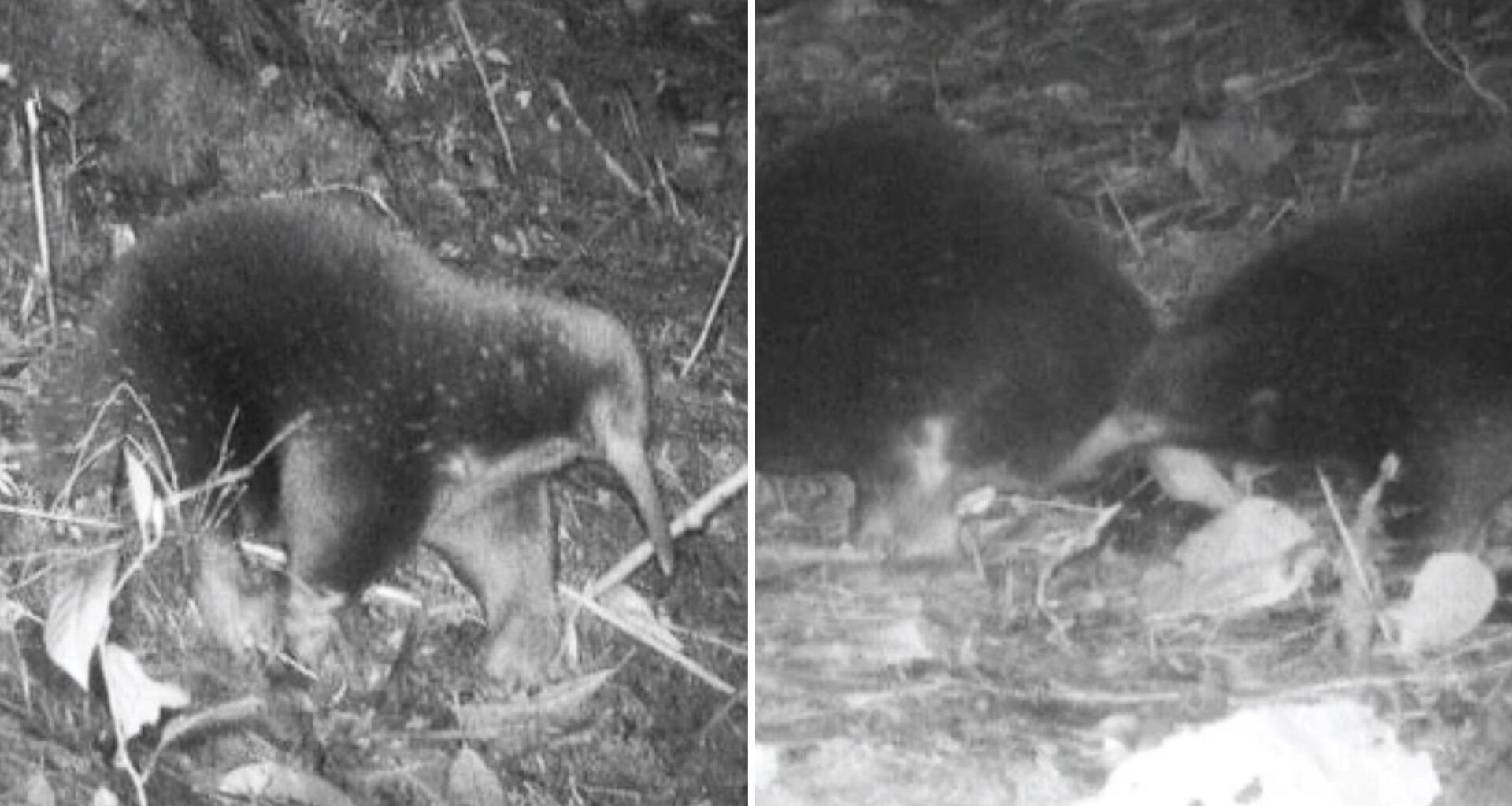Scientists have confirmed the rediscovery of Attenborough’s long-beaked echidna, a species previously thought to be extinct for over 60 years.
This ancient, egg-laying mammal was found deep within the rainforests of Indonesia.
It is scientifically known as Zaglossus attenboroughi and named after the legendary naturalist David Attenborough.
Echidnas, characterized by their spiky fur and beaks, are often referred to as “living fossils” due to their ancient lineage, believed to have originated around 200 million years ago during the time of dinosaurs.
The photographic evidence was included in the paper.
“Unrecorded for 62 years, we present the first scientific evidence of its survival to the present day,” a team of researchers led by Oxford wrote in the study paper.
Finding elusive echidna
Reportedly, the species hadn’t been recorded in over 60 years, with the last observation being a dead specimen discovered in the region.
According to the BBC, this specimen is housed in the Treasure Room of Naturalis, the natural history museum in the Netherlands.
In 2023, during an Oxford University expedition to the remote Cyclops Mountains — located 2,000m (6,561ft) above sea level — a glimmer of hope emerged.
A potential footage of the elusive echidna was captured – a hint that this “lost species” might still be out there.
As per the study, researchers used modern scientific methods, like camera-trapping.
During June and July 2023, the team conducted camera-trap surveys in the Cyclops Mountains, setting up 73 camera traps across a 7 km² area.
These were strategically placed along animal trails, ridgelines, and where potential echidna “nose-pokes” were found, to maximize the chances of detection. Nose pokes are holes echidnas create while foraging for invertebrates underground.
Along with this, they also combined invaluable indigenous knowledge, passed down through generations. Local communities had long reported sightings, their insights crucial to guiding the search.
In fact, evidence had been building for decades. As early as 2007, researchers reportedly found tell-tale nose pokes.
These cameras captured it: 110 photographs from 26 separate events – irrefutable proof that Attenborough’s long-beaked echidna was alive and thriving in the Cyclops Mountains.
Unique evolutionary history
The long-beaked echidna is one of just five living species of egg-laying mammals on Earth.
These creatures belong to an ancient lineage called monotremes, which diverged from other mammals (marsupials and placental mammals) more than 200 million years ago.
“We confirm the ‘rediscovery’ of Attenborough’s long-beaked echidna (Zaglossus attenboroughi), one of only five modern egg-laying mammals and, until now, one of the planet’s most enigmatic ‘lost species’,” the researchers wrote in the study paper.
James Kempton, an Oxford University biologist, previously stated that the discovery is crucial for preserving a unique evolutionary history.
While historically found in the Oenaka Range of Papua New Guinea, the Cyclops Mountains of Indonesia now stand as the only confirmed modern stronghold for this unique species.
“Currently, there are more than 2,000 so-called lost species. Some may well be extinct – casualties of a global biodiversity crisis – but rediscoveries offer hope that others survive, especially in places where biological research has been limited,” the paper noted.
This discovery is vital for advocating the conservation of the echidna and its Indonesian habitat.
The findings were published in the journal NPJ Biodiversity.
